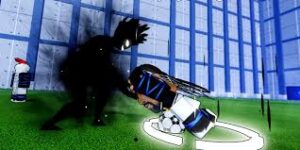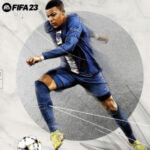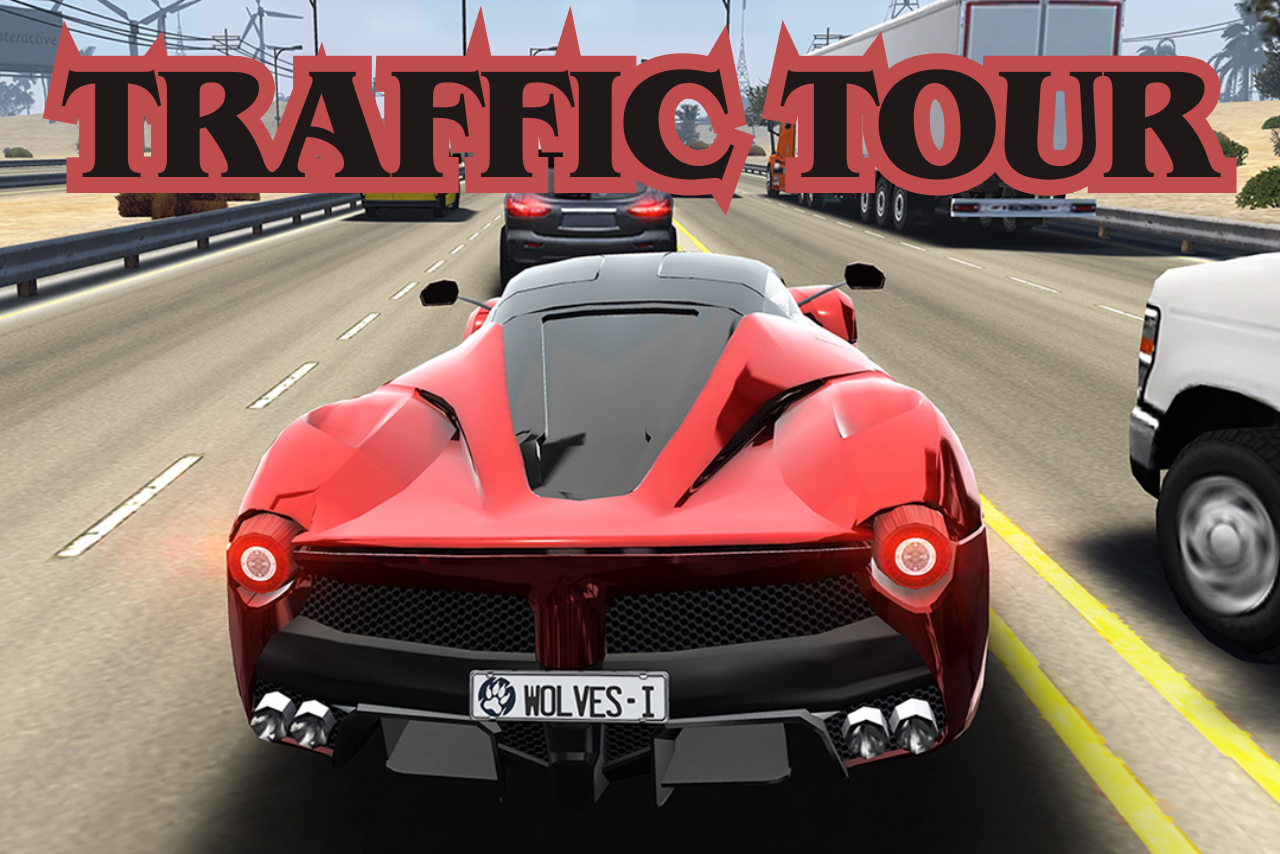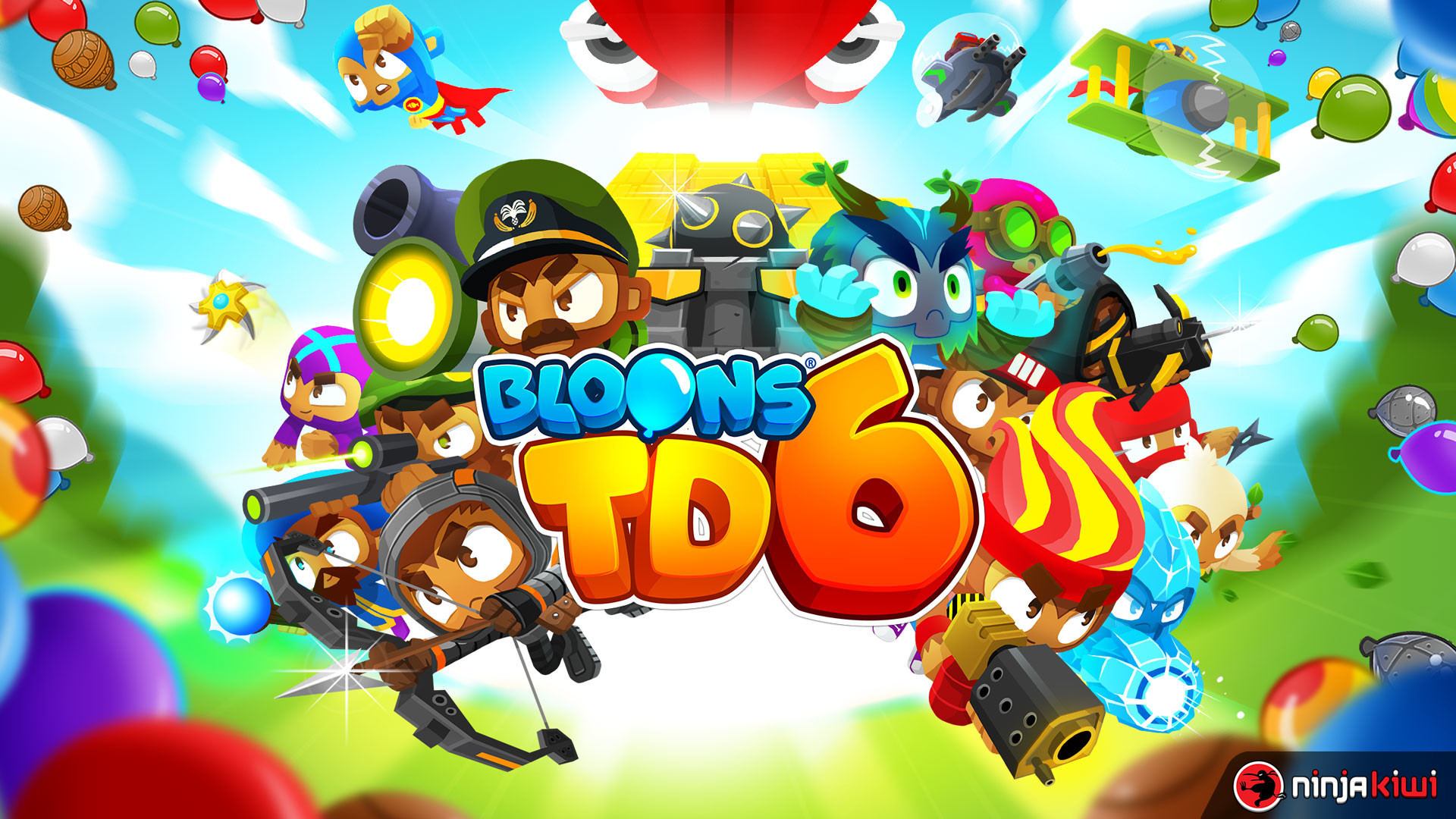Popular Now
Blue Lock Rivals has skyrocketed on Roblox, drawing players with its anime‑inspired gameplay and flashy “styles”. But beneath the surface, a deeply rooted issue has grown: inconsistent ball and player hitboxes combined with unreliable goalkeeper blocking, which chips away at player agency and makes matches feel arbitrary rather than skill‑based.
1. The Origin of Hitbox Troubles

At launch, ball physics and collision detection felt reasonably solid—players knew roughly where passes, tackles, and shots landed. Team coordination and timing still mattered.
Yet subtle misalignments emerged: shot trajectories would sometimes bypass contact areas, defender steals wouldn’t register properly, and goalkeeper dives missed entirely from reasonable angles.
In early feedback forums, players shared frustrations: a clean strike failed to be counted, or a defender’s slide didn’t connect, costing critical goals. It wasn’t yet pervasive, but signs were there.
Community voices noted mismatch between visual animation and actual collision—what looked like contact often wasn't recognized by the engine.
2. When Unrealistic Goalkeeper Saves Became the Norm
With more updates, goalkeeper behavior worsened: GK animations activated far too early or late, save boxes extended beyond visual bounds, and even sometimes failed entirely.
Players reported shots that looked perfect would be inexplicably parried, while weak nearby attempts sailed in unchallenged.
This inconsistency shattered trust: is the save because of player timing—or a glitching hitbox? Matches began to feel less like a test of skill and more like randomized outcomes based on invisible boundaries.
Videos of “GK blocking nothing” circulated, fueling outrage that the system prioritized buggy mechanics over fairness.
3. Community Outcry & Video Evidence
Many YouTubers highlighted these glitches in recent months:
-
One video titled “Blue Lock Rivals Doesn’t Work...” shows repeated resistance from goalkeepers to shots that clearly should score.
-
Another exposes multiple “weirdest glitches,” including invisible blocks and mis‑registered contact events.
Players repeatedly quote:
“It doesn’t let me shoot—ball just bounces back or goes to keeper even far from box.”
“Goalkeeper hitbox is broken—it blocks me from anywhere, but misses tackles at point‑blank.”
These reports span Reddit and TikTok—reviews condemn the game as “disappointing” due to unpredictable mechanics.
4. How This Destroys Skill-Based Gameplay

Once hitboxes become unreliable, timing and positioning lose meaning. Players can’t trust that a well‑timed steal or shot will register if animations misalign.
Goalkeeper inconsistency makes clean finishes feel pointless—sometimes blocked through invisible walls, sometimes not blocked at all.
This reduces gameplay to RNG: whether your shot succeeds depends as much on engine quirks as your own input. That kills skill expression and undermines competitive depth.
No more anticipating angles, reading defender movement, or outsmarting GK—you just face the lottery of collision detection.
5. Comparative Breakdown: Expected vs. Actual
Expected behavior (ideal):
-
Animation and hitbox align visually.
-
Trusted timing and precise input = consistent result.
-
Shot near corner or far from GK yields predictable outcome.
What happens instead:
-
Shot appears accurate, but GK blocks due to phantom hitbox.
-
Defender slide through ball but steals fail.
-
Goalkeepers sometimes extend save beyond screen visuals.
This mismatch undermines intuitive feedback loops: you learn, adapt, improve—but the game doesn’t respond proportionately.
Innovation, risk‑taking, or strategizing no longer feel rewarded—they feel capricious and frustrating.
6. Broader Consequences on Meta and Player Retention
When core mechanics destabilize, even meta strategies fall apart. Players stop experimenting with set pieces, dribbles, and combo styles—trust disappears.
Skilled players churn out, veterans lose motivation, and newcomers get discouraged when wins feel arbitrary.
The community’s long-term engagement declines. Developers release new characters or nerfs to quell balance issues—but the core hitbox problem remains untouched.
Without solving engine-level inconsistency, everything else becomes superficial patches over deeper structural decay.
7. Why Nerfs Don’t Solve Collision Bugs

Nerfing powerful characters might seem to address complaints—but the core issue isn’t character strength: it’s unreliable registration of events.
Even weaker characters will behave unpredictably when hitboxes and collision logic are flawed.
Players might blame Nel style or Loki for dominance, but even a perfect team strategy breaks if the game engine misfires regularly.
Fixing individual style stats is worthless when the system randomly fails to interpret intended actions.
8. Developers’ Mixed Response & Silence
Official patch notes occasionally mention GK tweaks or bug fixes, but never transparently or in detail.
Some silent fixes occur, but with no player-facing documentation or explanation, leaving users wondering what changed—or whether it changed at all.
YouTubers suggest upcoming reworks (e.g. Reo, Loki), but none address foundational physics or collision—still focusing on new styles rather than structural stability.
Lack of roadmap or meaningful QA updates frustrates players—and they begin to question the dev’s priorities.
9. Recommendations: Fix the Foundation First
Developers should:
-
Audit hitboxes and collision logic to ensure visual animations correspond to physics zones.
-
Rework goalkeeper blocking zone to align with visible reach—not exceed or lag.
-
Introduce test servers or QA sandbox modes so community can identify edge-case anomalies.
-
Patch transparently, with full notes explaining how collision behavior has changed.
-
Pause release of new powerful styles until stability is restored—meta only matters if base mechanics work reliably.
Drawing from examples: competitive games like Rocket League and FIFA regularly address hitbox issues promptly to retain fairness and trust.
Testing small-scale user pools for collision fixes before mass rollout ensures changes hold under varied match conditions.
10. Conclusion
Blue Lock Rivals faces a deeply structural threat: inconsistent hitboxes and faulty goalkeeper mechanics have turned skill-based gameplay into an unpredictable lottery.
Players can no longer rely on timing, positioning, or strategy—because the collision system fails them. Patchy fixes and new character releases only obscure the underlying problem.
To reclaim trust and restore true competition, developers must prioritize collision engine fixes and transparent QA. Without a stable foundation, no amount of balance tuning or new content will sustain the game.
Only by restoring reliable, predictable in‑game responses can Blue Lock Rivals return to feeling like a game of timing, tactics, and earned victory.


















